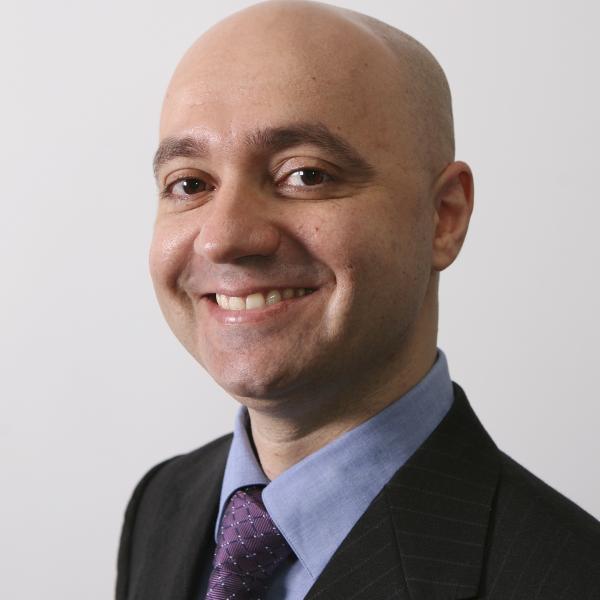Augmented Lawyering
Abstract
How will artificial intelligence (AI) and associated digital technologies reshape the work of lawyers and structure of law firms? Legal services are traditionally provided by highly-skilled humans — that is, lawyers. Dramatic recent progress in AI has triggered speculation about the extent to which automated systems may come to replace humans in legal services. A related debate is whether the legal profession’s adherence to the partnership form inhibits capital-raising necessary to invest in new technology. This Article presents what is to our knowledge the most comprehensive empirical study yet conducted into the implementation of AI in legal services, encompassing interview-based case studies and survey data. We focus on two inter-related issues: how the nature of legal services work will change, and how the firms that co-ordinate this work will be organized. A central theme is that prior debate focusing on the “human vs technology” aspect of change overlooks the way in which technology is transforming the human dimensions of legal services.
Our analysis of the impact of AI on legal services work suggests that while it will replace humans in some tasks, it will also change the work of those who are not replaced. It will augment the capabilities of human lawyers who use AI-enabled services as inputs to their work and generate new roles for legal experts in producing these AI-enabled services. We document these new roles being clustered in multidisciplinary teams (“MDTs”) that mix legal with a range of other disciplinary inputs to augment the operation of technical systems. We identify challenges for traditional law firm partnerships in implementing AI. Contrary to prior debate, these do not flow from constraints on finance to invest in technical assets. Rather, the central problems have to do with human capital: making necessary strategic decisions; recruiting, coordination and motivation the necessary MDTs; and adjusting professional boundaries. These findings have important implications for lawyers, law firms and the legal profession.





